UAE Central Bank Unveils More Measures To Shore Up Banks
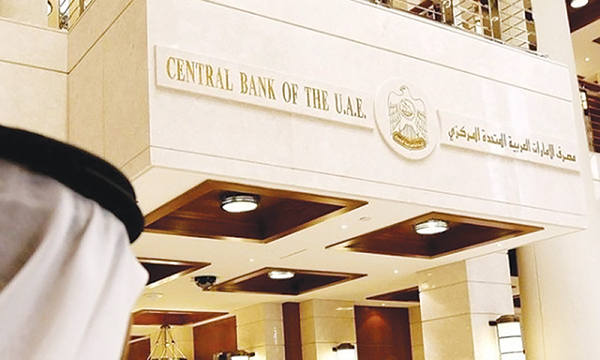
The Board of the Central Bank of the UAE (CBUAE), has decided on additional measures within the Targeted Economic Support Scheme (TESS), launched initially in March 2020 to further enhance the capacity of the banking sector to support the economy.
A press statement issued by the Bank said that these measures consist into reviewing the existing thresholds of two prudential ratios: the Net Stable Funding Ratio (NSFR), and the Advances to Stable Resources Ratio (ASRR), by temporarily relaxing the requirements for the structural liquidity position of banks.
This step comes as an additional measure encouraging banks to strengthen the implementation of the TESS and support their impacted customers in overcoming the repercussions of COVID-19 pandemic.
The changes affect the Net Stable Funding Ratio that is mandatory for the five largest UAE banks, and the Advances to Stable Resources Ratio, which is applicable to all other banks, including foreign branches.
The purpose of those ratios is to ensure that long-term assets are funded by stable resources of funding. The relaxation of NSFR and ASRR will provide banks with enhanced flexibility in managing their balance sheets.
The mandatory threshold will be temporarily relaxed by 10 percentage points for both ratios. For the NSFR ratio, banks will be allowed to go below the 100 per cent threshold, but not lower than 90 per cent.
For the ASRR ratio, banks will be allowed to go above the 100 per cent threshold, but not higher than 110 per cent. These measures will be effective until 31st December, 2021.
The CBUAE has also clarified that for the purposes of calculating NSFR and ASRR, the CBUAE Zero Cost Funding Facility under the TESS programme should be treated as stable funding with a 50 per cent weight, irrespective of its maturity. The weight determines the extent to which funding sources are considered as stable, in order to be eligible to fund long-term assets.
Commenting on the announcement, Abdulhamid M. Saeed, Governor of the Central Bank of the UAE, said, “The relaxation of the two structural liquidity ratios aims to further facilitate the flow of funds from banks into the economy. This measure will support the implementation of the already adopted TESS measures worth AED256 billion. The temporary relaxation of NSFR and ASRR will supplement the other measures CBUAE has taken under the TESS to mitigate the impact of the COVID-19 pandemic on private corporates, small and medium-sized enterprises and individuals.”
The Central Bank of the UAE has signed an agreement recently with the Arab Monetary Fund, AMF, to include the UAE Dirham as a settlement currency in the Arab Regional payments clearing and settlement system called ‘Buna’. ‘Buna’ is a multicurrency platform that provides clearing and settlement services of cross-border payments in eligible Arab and foreign currencies across the Arab region and beyond, with links to major trade partners.
This project is overseen by a committee chaired by CBUAE Governor and with the membership of the Governors of certain Arab central banks. CBUAE has confirmed that the UAE Dirham will be the first settlement currency made available in ‘Buna’ platform for the effective use of financial institutions who met participation eligibility criteria.
In this regard, the CBUAE has commended the efforts extended by AMF in developing the ‘Buna’ system, particularly in terms of enhancing the level of compliance of Buna’s operations with the relevant international principles and standards, while emphasizing on the importance of Arab central banks collaboration to achieve the strategic objectives of this cross-border payment platform.
The Ministry of Finance (MoF), announced recently the completion of phase one of the transformation of the e-Dirham system, in cooperation with relevant ministries and national banks across the UAE. The move reiterates MoF’s efforts to bolster e-Dirham in accordance with the highest international standards for Fintech and digital payments for government services fees. The e-Dirham system provides multiple banking services to issue bank cards and digital payment and acquisition solutions for clearing and financial settlements.
The first phase of the transformation of the e-Dirham system included the Ministry of Economy, the Ministry of Energy and Industry, and several national banks. Expansion is underway to include additional federal government entities and national banks.
The Central Bank of the UAE, has published last month its Financial Stability Report, which provides information, analysis and an assessment of the resilience and matters that require additional support in the banking and financial system in the UAE promoting public understanding and transparency.
According to the report, the UAE banking system concluded the year 2019 in a resilient position with adequate capital and liquidity buffers well above regulatory requirements. The banking system remained profitable due to the effectiveness and improved cost efficiency benefitting from efficiency gains related to recent mergers in the sector.


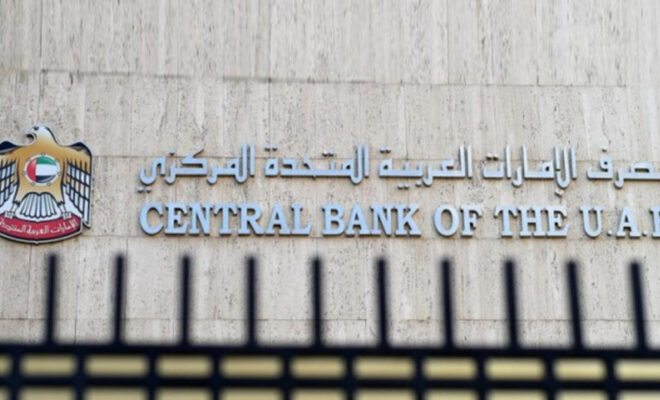
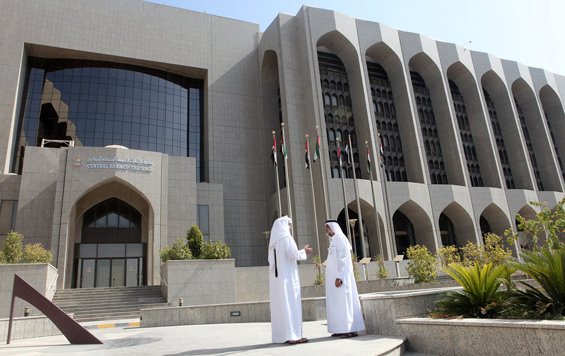
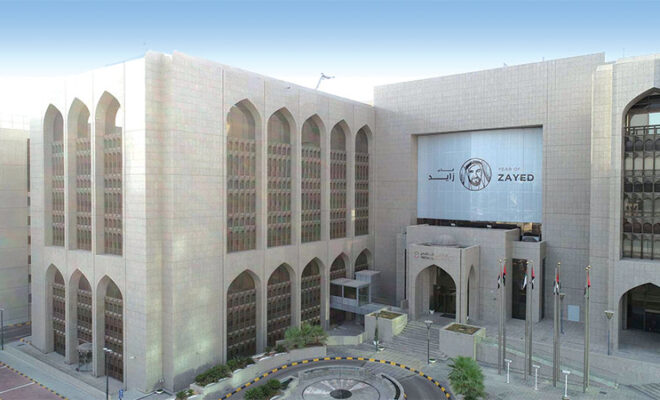
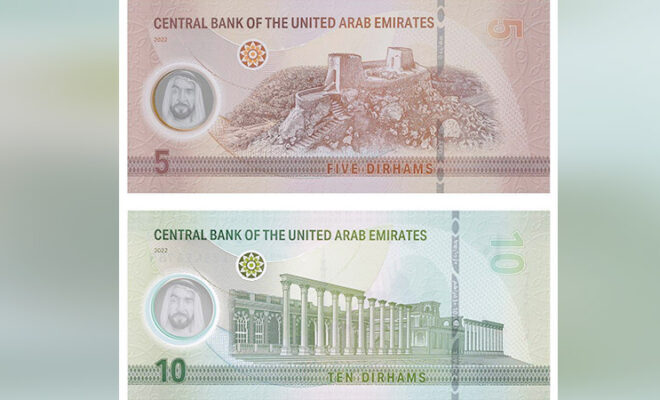







Covid-19 UAE: 10-Day Quarantine Mandatory in Dubai for Close Contacts
Export Shipping Documents Checklist to complete your First Trade